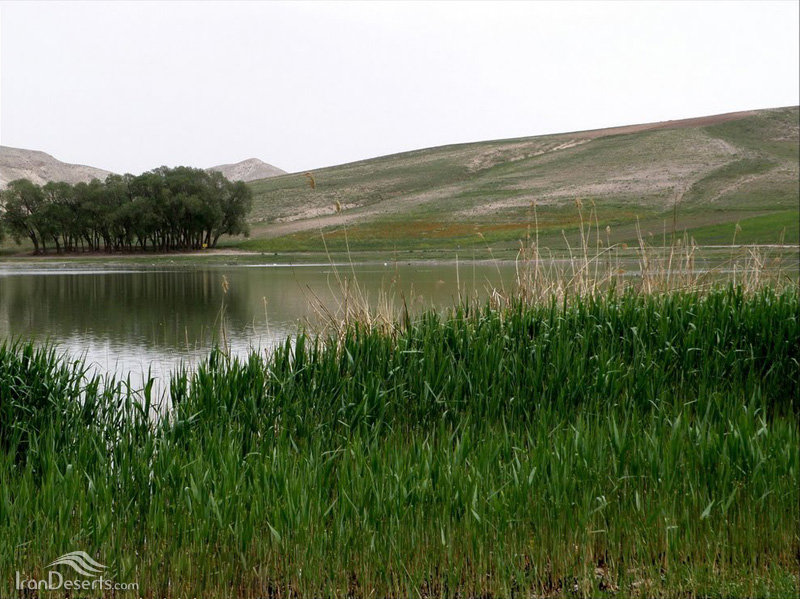Attack on national lands “colossal, unforgivable mistake”: environmentalist

TEHRAN — The recent directive issued by the Supreme Council of Environment on changing the boundaries of protected areas is a colossal and unforgivable mistake, environmentalist Mohammad Darvish has said.
The recent directive which is clearly giving consent to shrink the boundaries of protected areas for drilling, mining, logging, etc. activities is rolling back the previous efforts made for the past decades to conserve the precious national treasures.
“I’m sorry that such is a directive is issued by an administration which claims to be concerned with environment, the directive is fraught with problem,” the board member at Research Institute of Forests and Rangelands told Mehr news agency.
The areas protected by the DOE constitute 8.2 million hectares which fall into four categories of national parks (11 sites), wildlife refuges (25 sites), protected areas (47 sites), and national nature monuments (5 sites).
Additionally, the Forests, Range and Watershed Management Organization affiliated to the Ministry of Agriculture, manages 131 reserves with a total area of 111,000 hectares of these 19 are natural forest parks, 91 are forest reserves, and 21 are natural parks.
Lately, Hamid Zohrabi, caretaker for DOE’s natural environment directorate, has said that following the approval of the directive some 28 areas constituting 77,000 hectares, which are “not very much valuable ecologically” and were causing “too many social and economic problems for the public” are reevaluated for changing their status from protected to unprotected.
“The lack of transparency and the fact that the administration suppose that the public don’t grasp the serious implications of such a directive is very much disturbing for the environmentalists,” Darvish highlighted, adding, saying that the protected areas might either increase or decrease is surprisingly [ridiculous], how is that possible to increase the protected areas while it is [wrongly] believed that such areas are causing problems for the other activities, it is very much obvious that the areas will be only shrunk.
Adding the word “increase” is only a way of overcoming the objections, he noted.
Iran is a signatory to the Convention on Biological Diversity, Darvish said, stating, “So we are bound to increase the protected areas to 17 percent of the country’s total land area, but now we are doing quite the reverse.”
One of the targets of the aforementioned convention is that by 2020, at least 17 percent of terrestrial and inland water, and 10 percent of coastal and marine areas, especially areas of particular importance for biodiversity and ecosystem services, are conserved through effectively and equitably managed, ecologically representative and well-connected systems of protected areas and other effective area-based conservation measures, and integrated into the wider landscapes and seascapes.
Darvish went on to regret that only 11 percent of Iran’s land area is now being protected on average, although in some areas such as Zagros mountain range, which is of great ecological values, only 7 to 8 percent of the areas are protected.
Darvish, the former head of the public participation office at the Department of Environment (DOE), has resigned his post in order to voice his objections to the department’s anti-environment policies.
MQ/MG
Leave a Comment